Home>Ideas and Tips>How To Design A Water-Efficient Garden
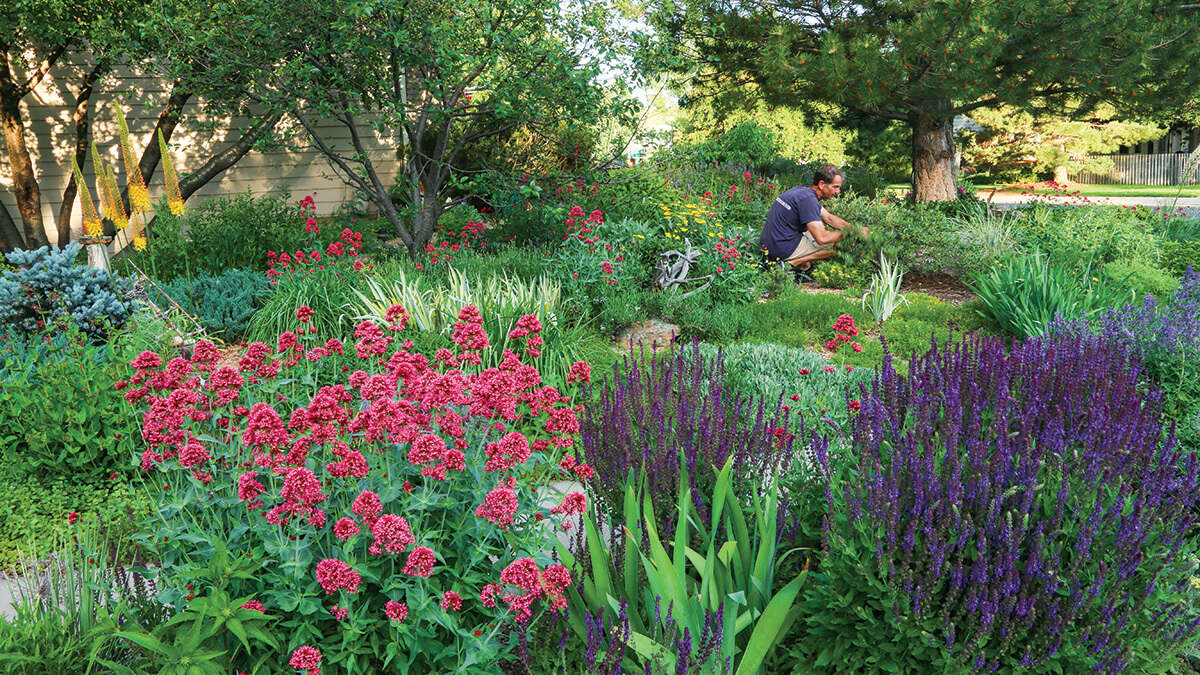

Ideas and Tips
How To Design A Water-Efficient Garden
Published: August 28, 2024
Learn how to design a water-efficient garden with drought-tolerant plants, organic soil, and smart irrigation to save water and money.
(Many of the links in this article redirect to a specific reviewed product. Your purchase of these products through affiliate links helps to generate commission for Storables.com, at no extra cost. Learn more)
Creating a water-efficient garden is not only beneficial for the environment but also for your wallet. With the rising cost of water and the increasing awareness of water conservation, designing a garden that uses water wisely is more important than ever. In this article, we will guide you through the steps to design and maintain a beautiful and productive garden while minimizing water consumption.
Choose Plants Carefully
One of the most critical steps in designing a water-efficient garden is selecting plants that require minimal watering. Native plants are ideal because they have evolved over time to thrive in the local climate and soil conditions, making them highly adapted to natural rainfall. These plants typically require little to no additional watering once they are established.
Native Plants
Native plants are a great choice for several reasons:
- Adaptation: They have adapted to the local climate, soil, and weather patterns, making them resilient to drought conditions.
- Low Maintenance: Once established, native plants require minimal care and watering.
- Biodiversity: They support local biodiversity by attracting native insects, birds, and other wildlife.
Some examples of native plants include:
- Succulents: These plants store water in their leaves, stems, or roots, making them highly drought-tolerant.
- Grasses: Many native grasses are low-maintenance and require less water than traditional lawn grasses.
- Wildflowers: These flowers often bloom in the spring and summer, adding color to your garden without needing frequent watering.
Drought-Tolerant Plants
While native plants are ideal, not all gardens can accommodate them. Drought-tolerant plants are another excellent option:
- Drought-Tolerant Trees: Trees like the Texas Redbud or the Desert Willow are perfect for hot climates.
- Drought-Tolerant Shrubs: Shrubs such as the Texas Sage or the Desert Lavender are great for adding structure to your garden.
- Drought-Tolerant Perennials: Perennials like the Lantana or the Zinnia are perfect for adding color to your garden without needing frequent watering.
Read more: How To Design A Water-Wise Succulent Garden
Add Organic Matter to Your Soil
Healthy soil is essential for any garden, but it's particularly important in water-efficient gardens. Organic matter improves the texture and water-holding capacity of your soil, helping to trap moisture and encourage deep root formation in plants.
Types of Organic Matter
There are several types of organic matter you can add to your soil:
- Compost: Compost is made from decomposed plant material and is rich in nutrients. It helps improve soil structure and retain moisture.
- Chopped Leaves: Chopped leaves can be added directly to the soil or mixed with compost.
- Composted Manure: Composted manure is another excellent option for improving soil health.
How to Add Organic Matter
Adding organic matter is relatively simple:
- Test Your Soil: Before adding any organic matter, test your soil to determine its pH level and nutrient content.
- Apply Compost: Spread a layer of compost about one inch deep over the entire garden bed.
- Mix It In: Use a shovel or tiller to mix the compost into the top layer of soil.
- Repeat Annually: Add at least one inch of compost each year to maintain healthy soil.
Use Mulch to Retain Water
Mulch is another effective tool in retaining water in your garden. It blocks thirsty weeds and reduces evaporation by creating a barrier between the soil and the air.
Types of Mulch
There are several types of mulch you can use:
- Organic Mulch: Organic mulches like wood chips, bark, or straw are excellent for retaining water.
- Inorganic Mulch: Inorganic mulches like gravel or stone can also be used but may not retain water as well as organic mulches.
How to Apply Mulch
Applying mulch is straightforward:
- Clear the Area: Clear the area of any debris or weeds.
- Spread the Mulch: Spread a layer of mulch about two to three inches deep over the entire garden bed.
- Keep It Moist: Keep the mulch moist by watering it lightly after application.
Deliver Water to the Root Zone
Drip irrigation is an efficient method for delivering water directly to the root zone of plants, minimizing evaporation loss and keeping the area between plants dry, which also helps limit weed growth.
Drip Irrigation Systems
Drip irrigation systems consist of narrow tubes that deliver water slowly to the base of the plant:
- Install Drip Irrigation: Install drip irrigation tubes along the base of each plant.
- Adjust Flow Rate: Adjust the flow rate according to the specific needs of each plant.
- Monitor Watering: Monitor watering schedules to ensure that plants receive a steady supply of water.
Use Free Water
Rainwater is the best choice for your plants because it is clear, unchlorinated, and free. You can collect rainwater from your downspouts using rain barrels or slimline tanks.
Collecting Rainwater
Collecting rainwater is simple:
- Install Rain Barrels: Install rain barrels under downspouts to collect rainwater.
- Use Slimline Tanks: Use slimline tanks for even the tiniest of spaces.
- Store It Safely: Store collected rainwater in a clean, covered container to prevent contamination.
Save Cooking Water
Cooking water is another source of free water that can be used to water your plants. This water is full of nutrients and can be cooled and used as a fertilizer.
Using Cooking Water
Using cooking water is straightforward:
- Cool It Down: Cool down the cooking water after use.
- Use It Wisely: Use it wisely by mixing it with other water sources to avoid over-fertilizing your plants.
Harvest Water from Other Sources
If you have a fish tank, you can use the nitrogen- and phosphorous-rich water to fertilize your plants. This method not only saves water but also reduces waste.
Using Fish Tank Water
Using fish tank water is simple:
- Clean the Tank: Clean the fish tank regularly.
- Use the Water: Use the water from the tank to fertilize your plants.
Conclusion
Designing a water-efficient garden requires careful planning and attention to detail. By choosing drought-tolerant plants, adding organic matter to your soil, using mulch to retain water, delivering water directly to the root zone with drip irrigation systems, using free rainwater, saving cooking water, and harvesting water from other sources like fish tanks, you can create a beautiful and productive garden while minimizing water consumption. Remember that every small step towards water conservation contributes significantly to preserving our precious resource for future generations.
By following these steps, you can create a garden that not only thrives in challenging weather conditions but also supports sustainable practices. Whether you're a seasoned gardener or just starting out, incorporating these methods into your gardening routine will help you achieve a lush and vibrant garden while doing your part for the environment.
Was this page helpful?
At Storables.com, we guarantee accurate and reliable information. Our content, validated by Expert Board Contributors, is crafted following stringent Editorial Policies. We're committed to providing you with well-researched, expert-backed insights for all your informational needs.

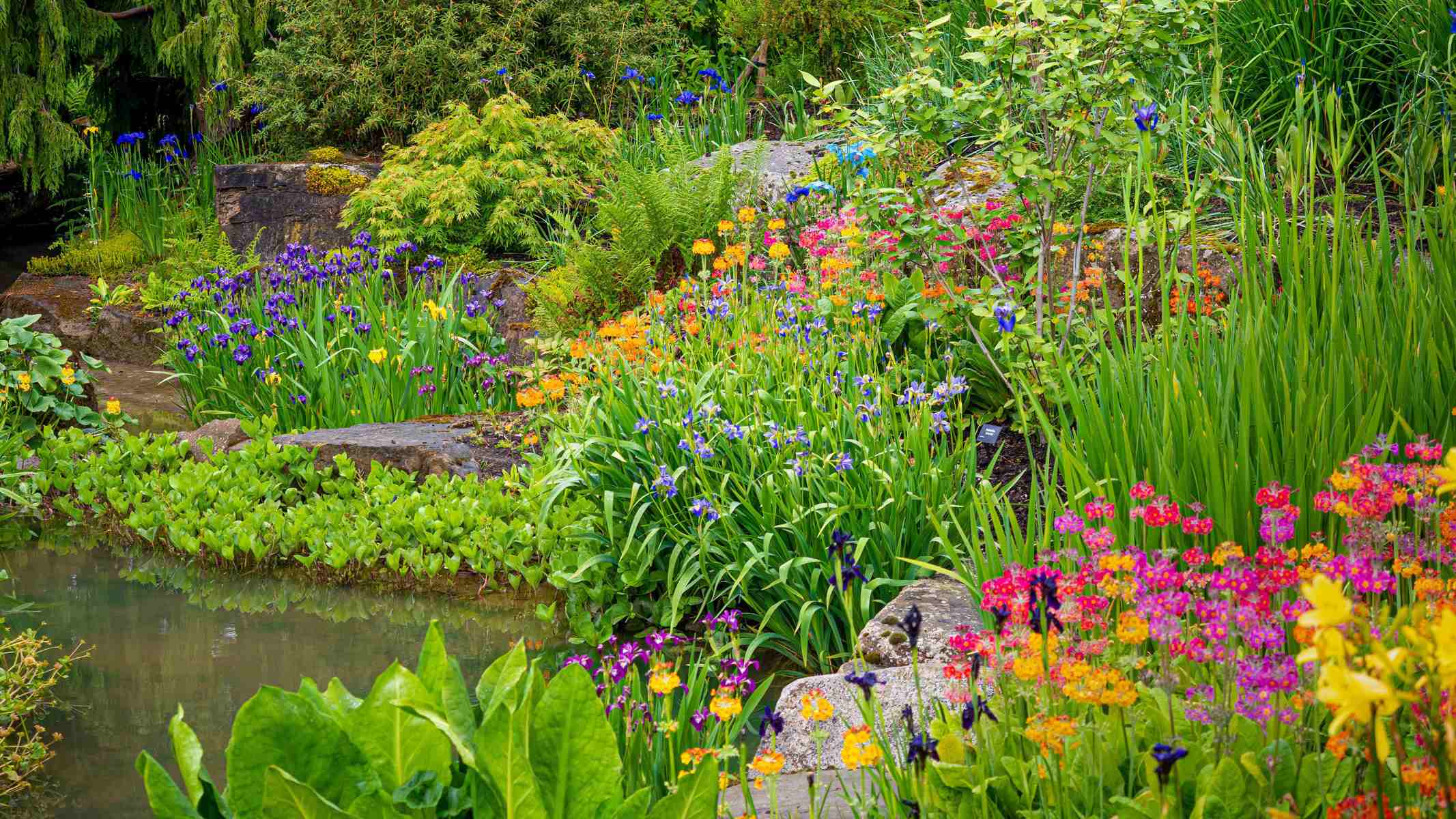
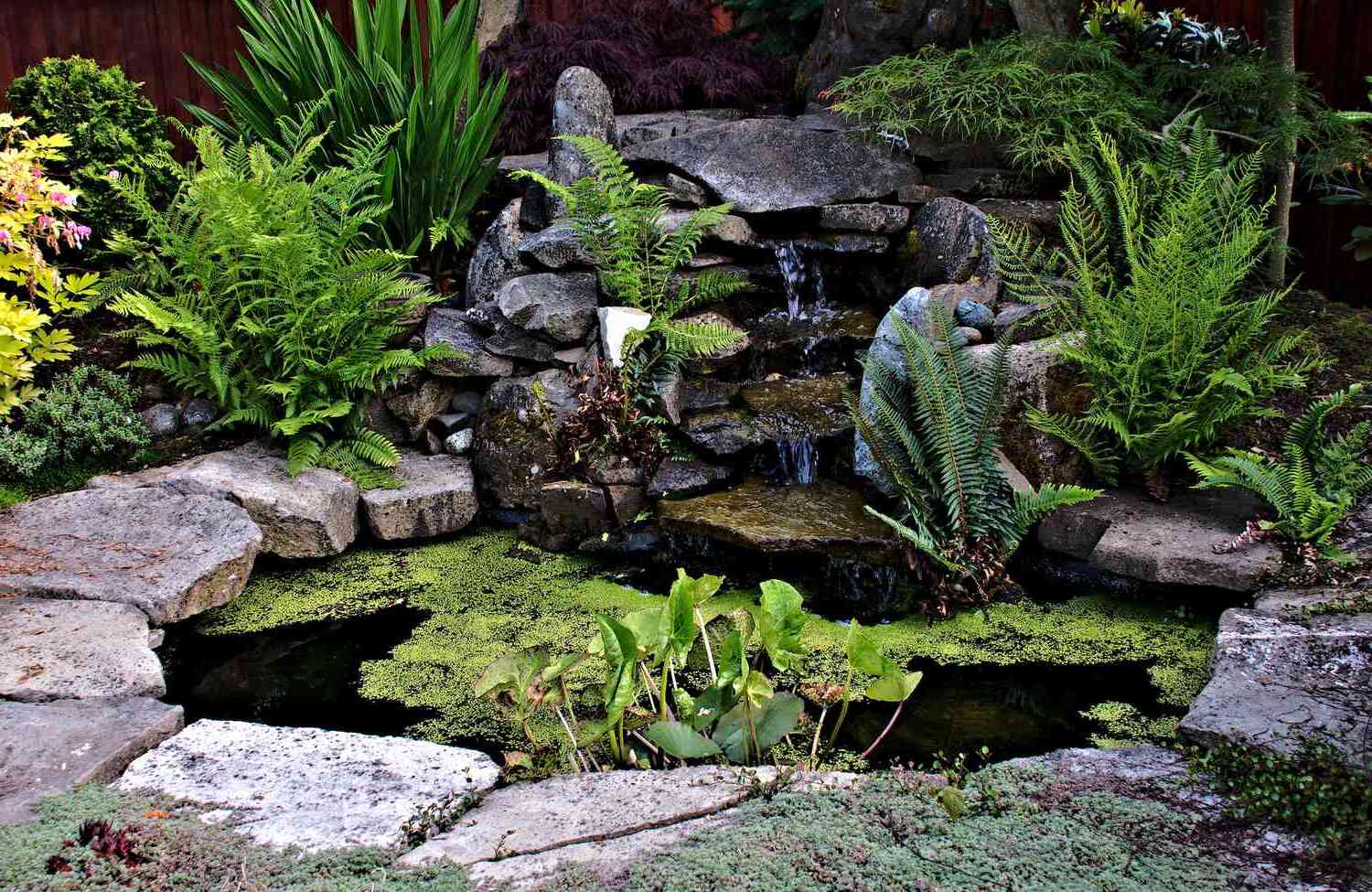
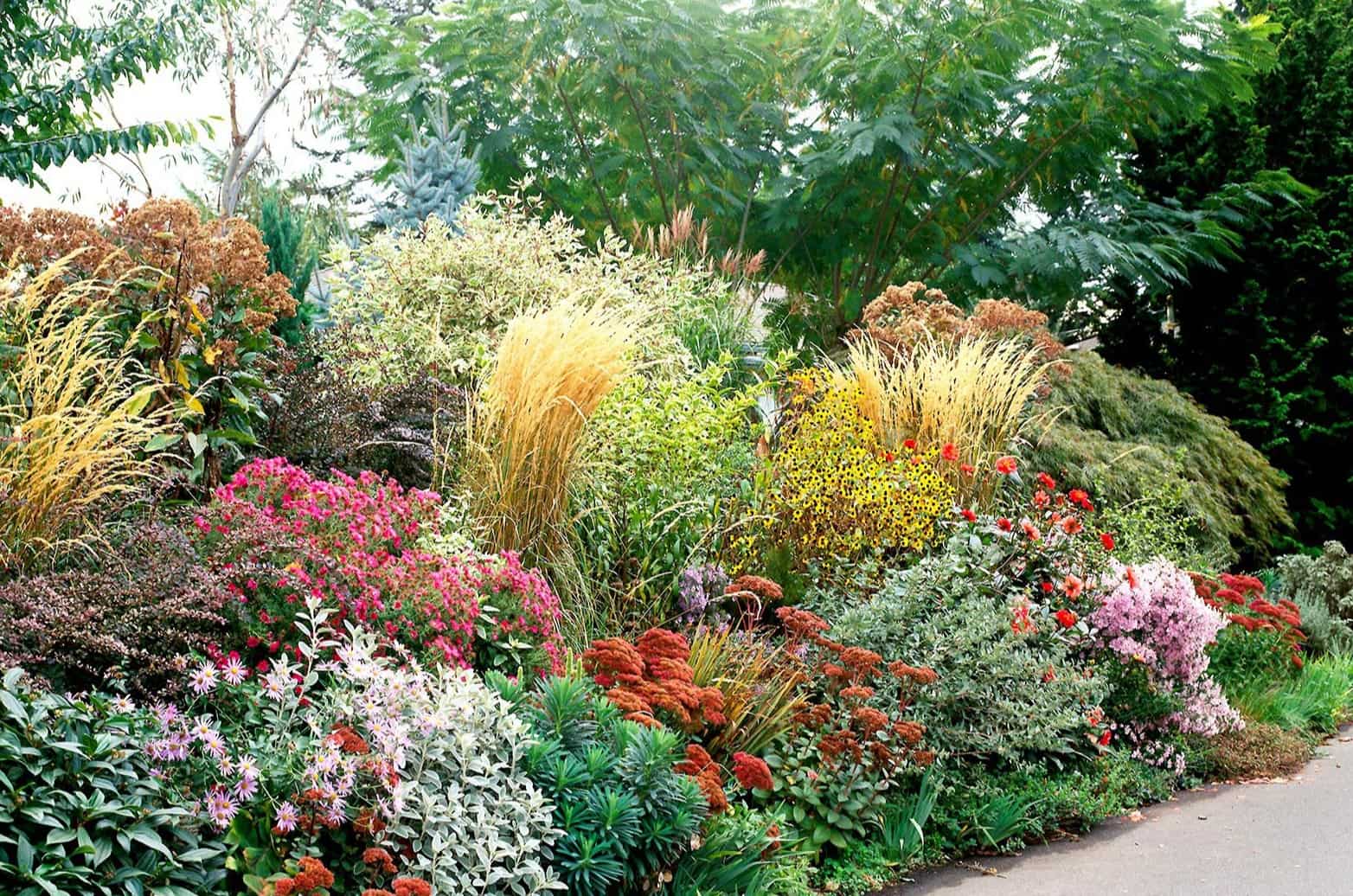
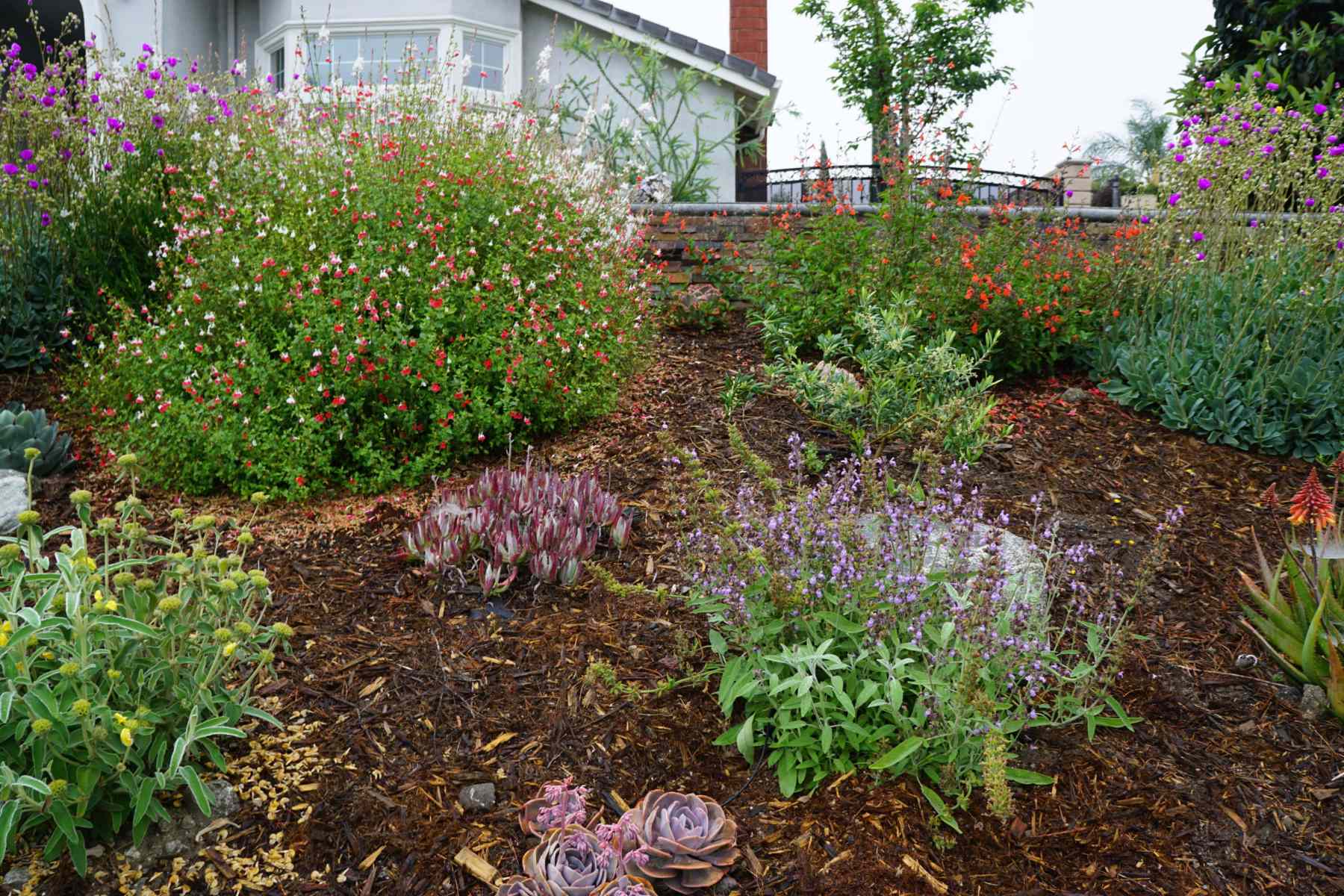
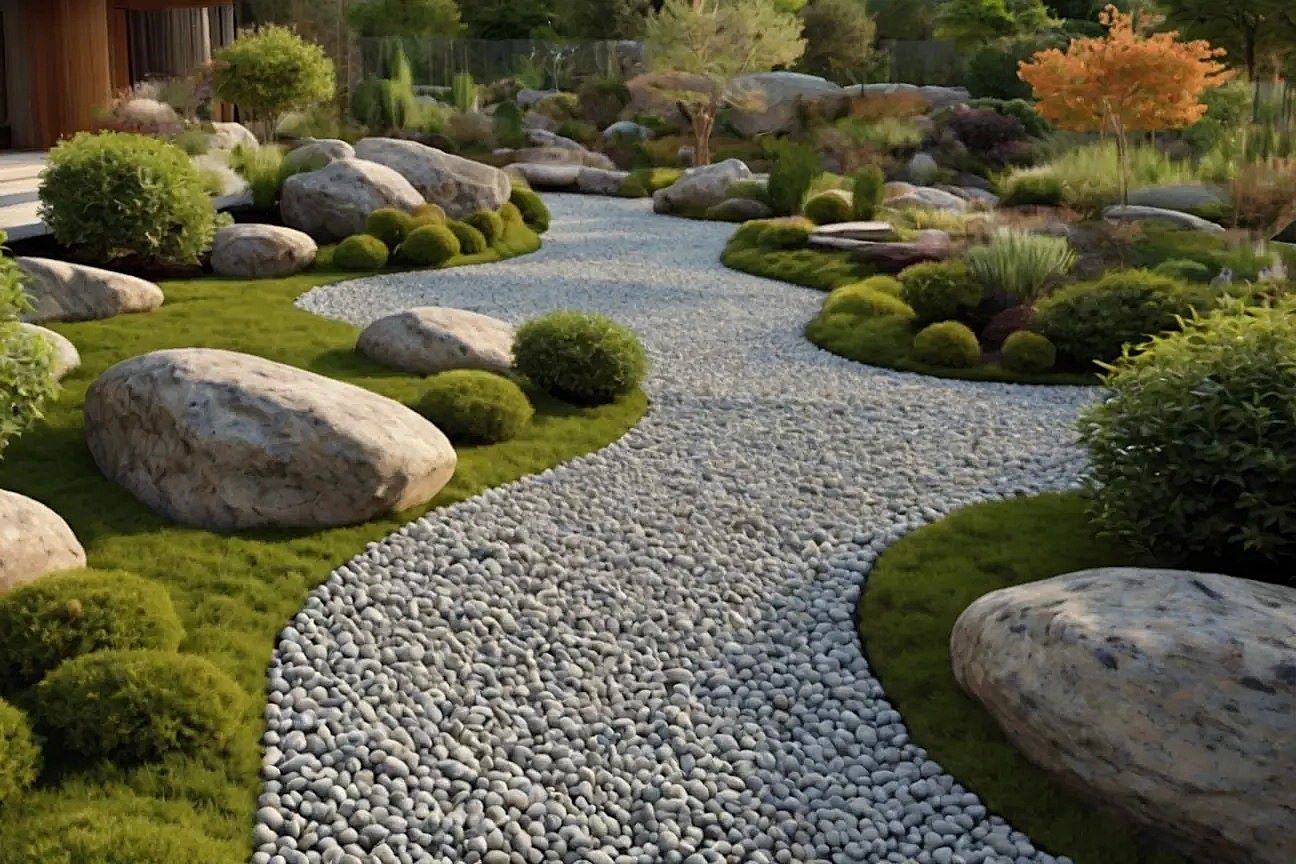
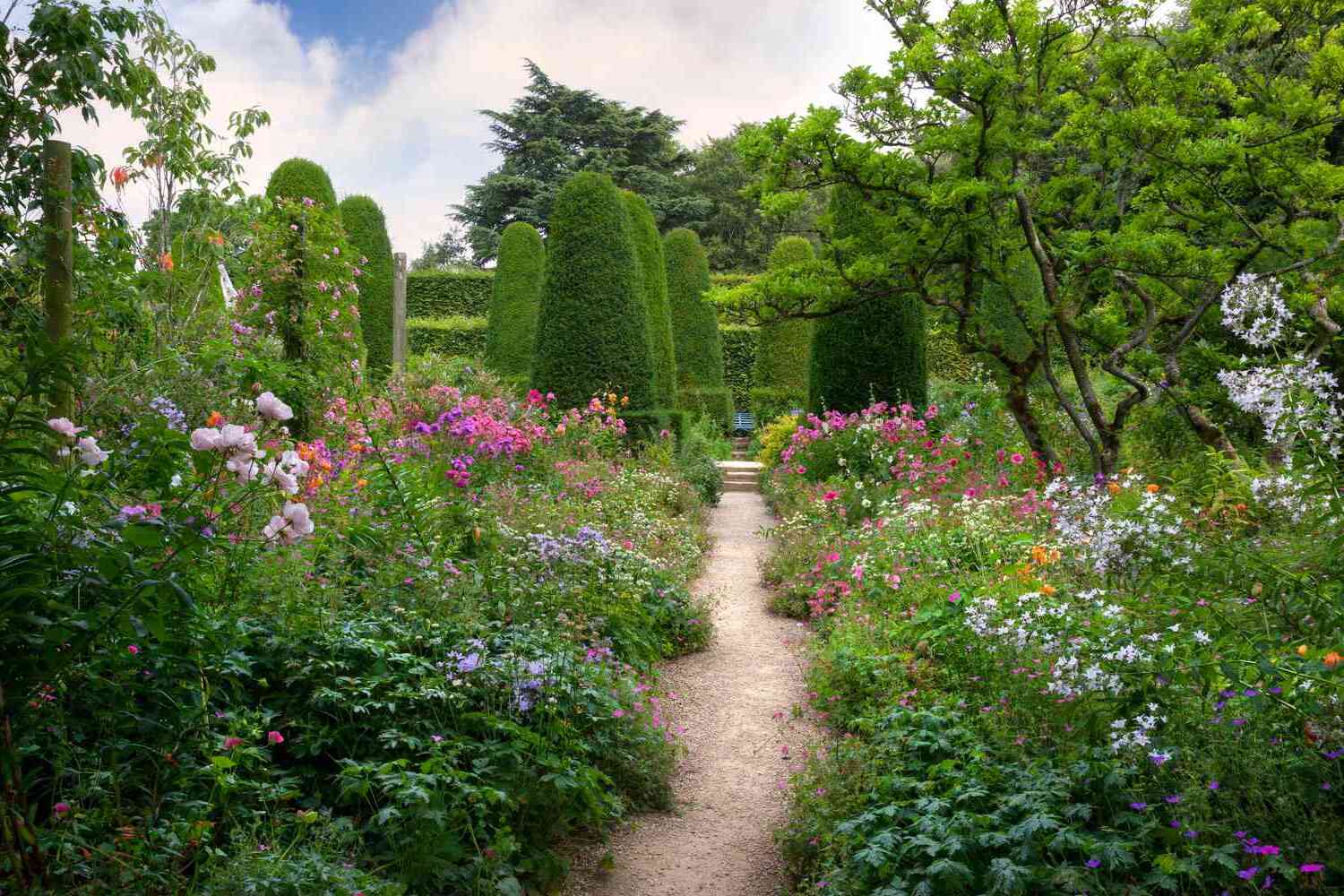
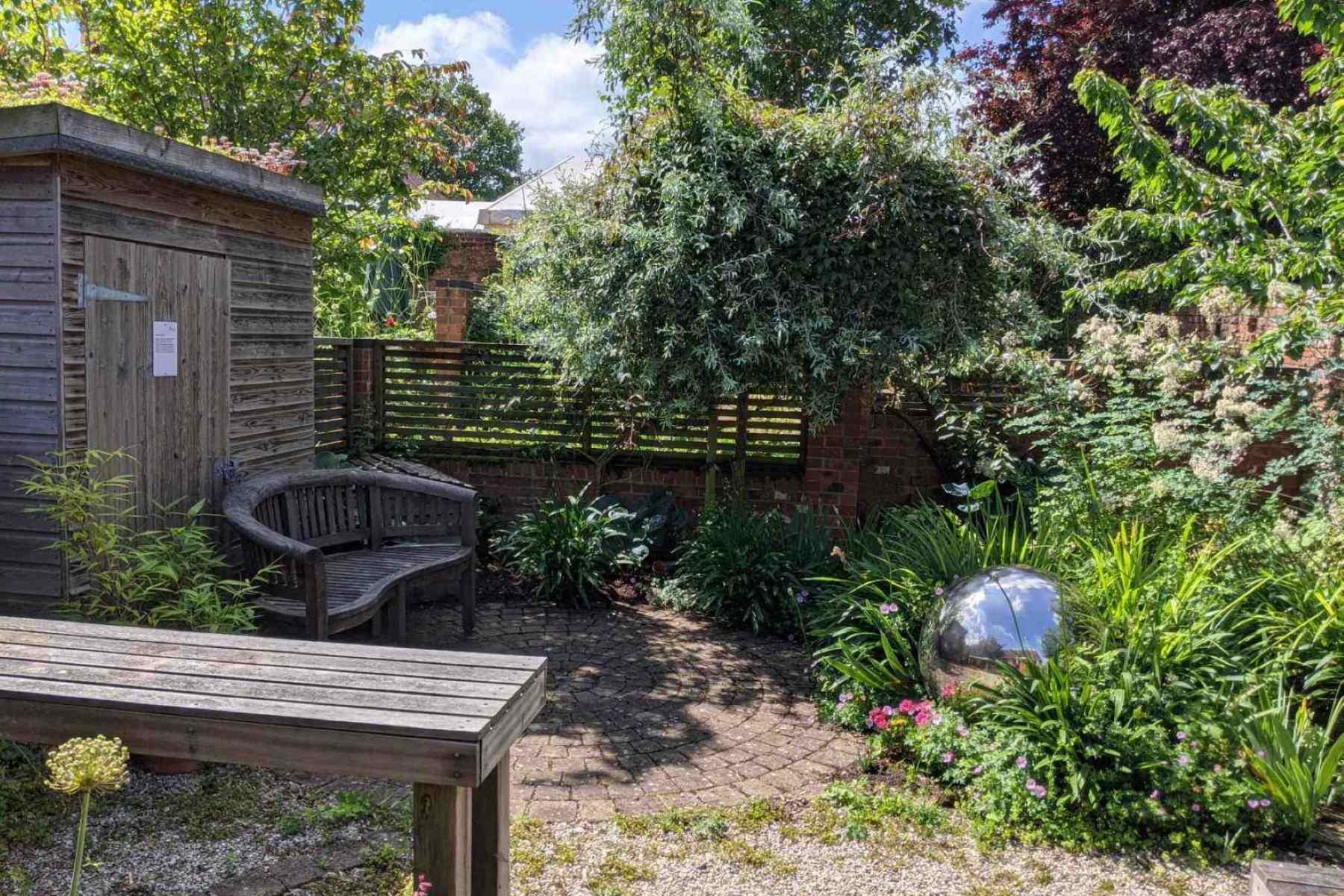
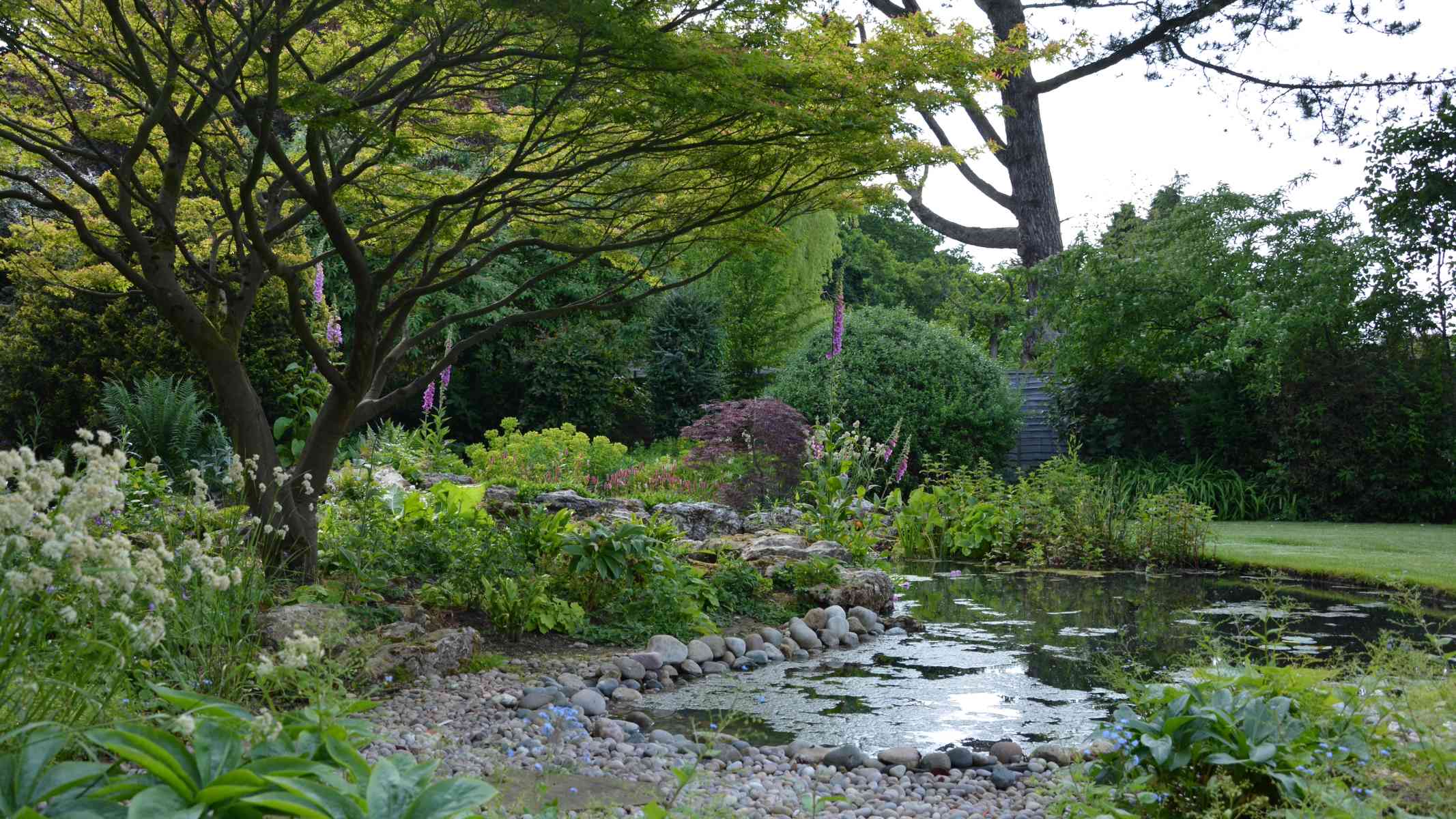
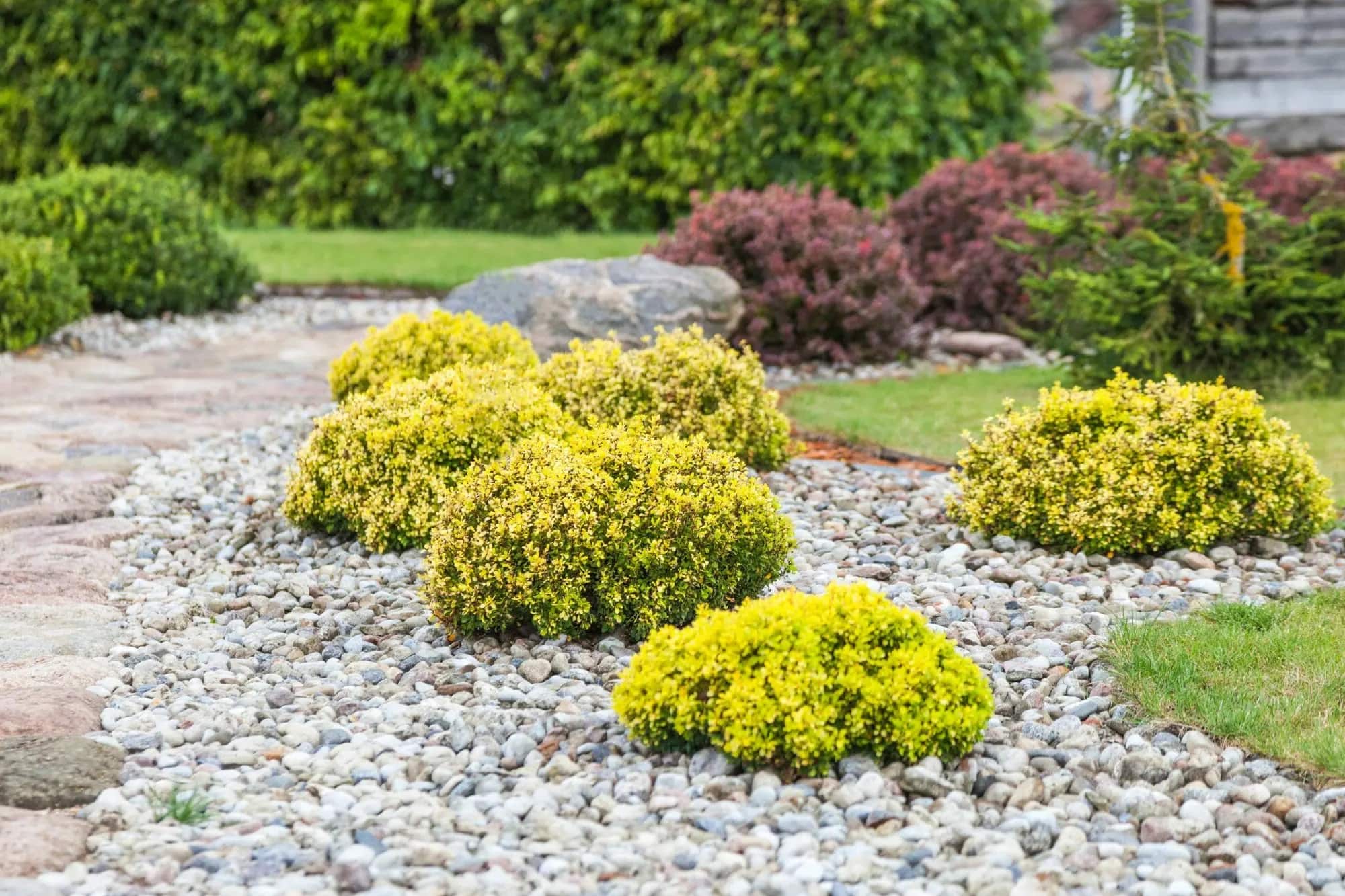
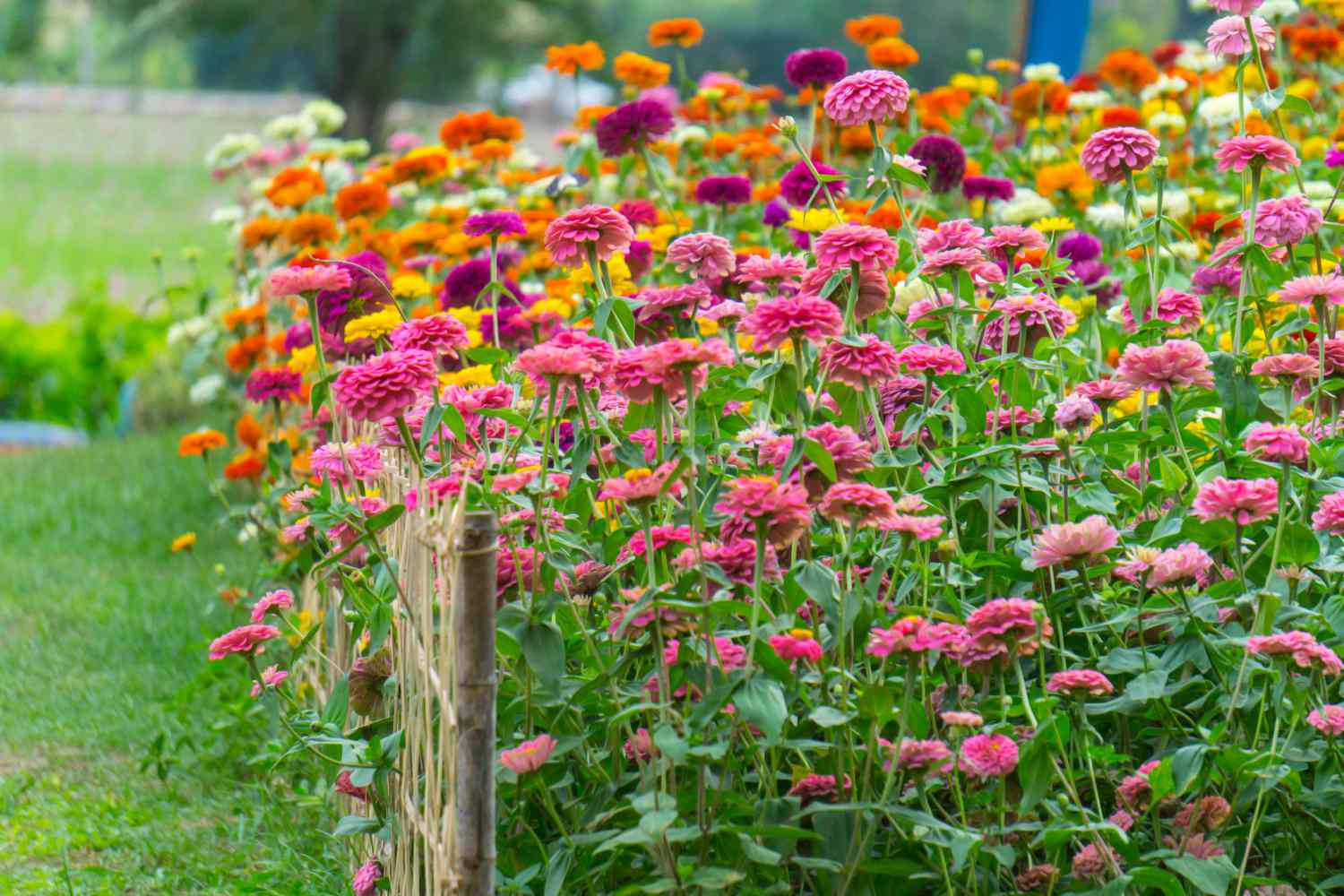
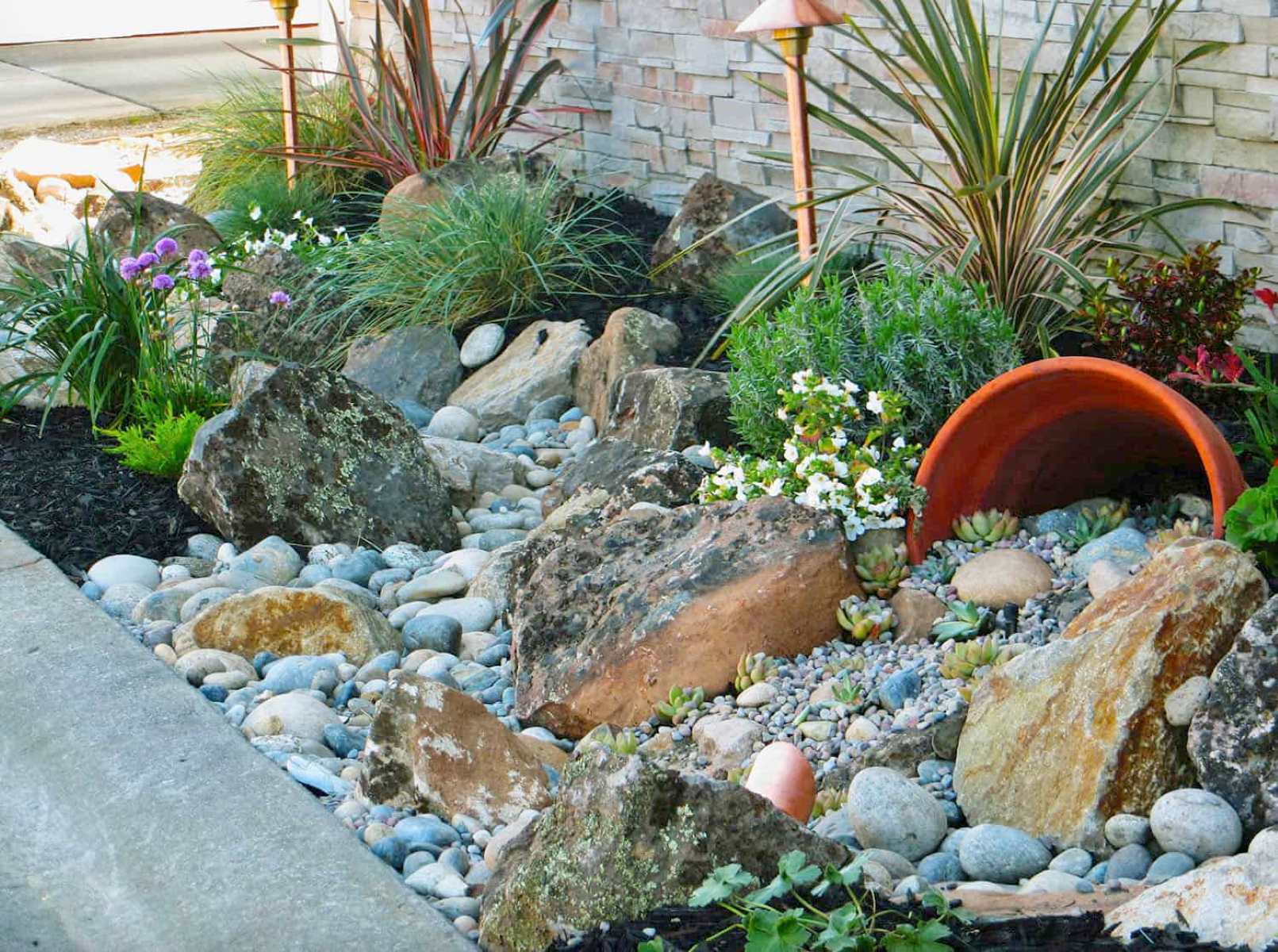
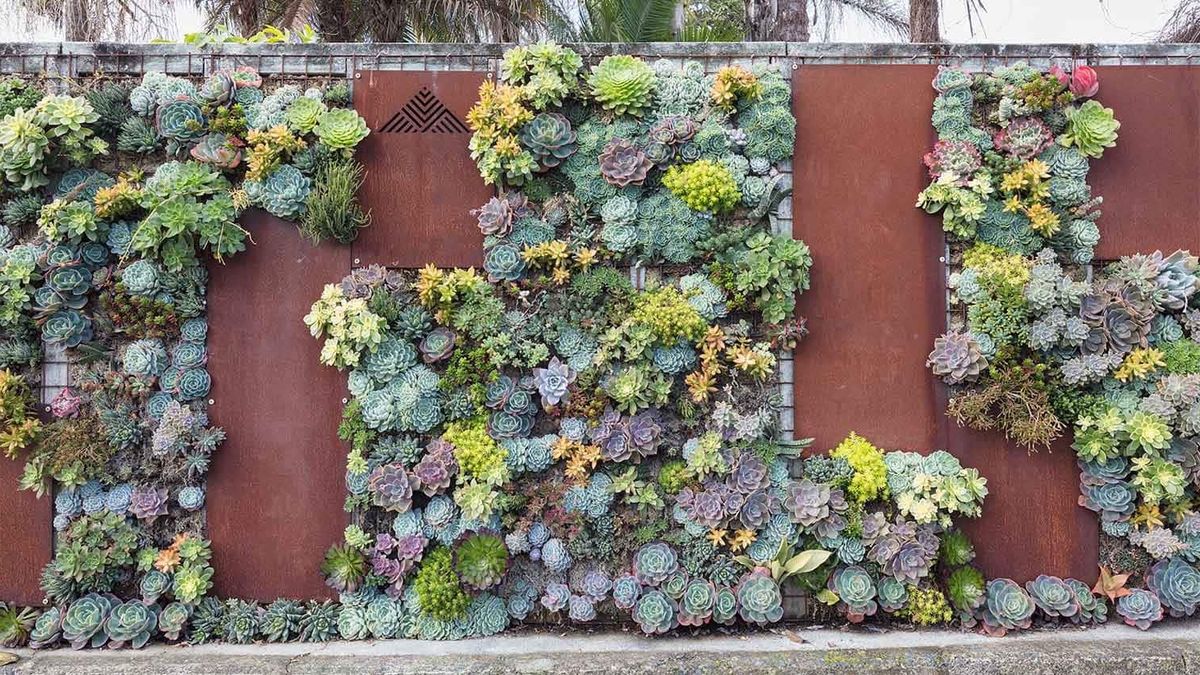
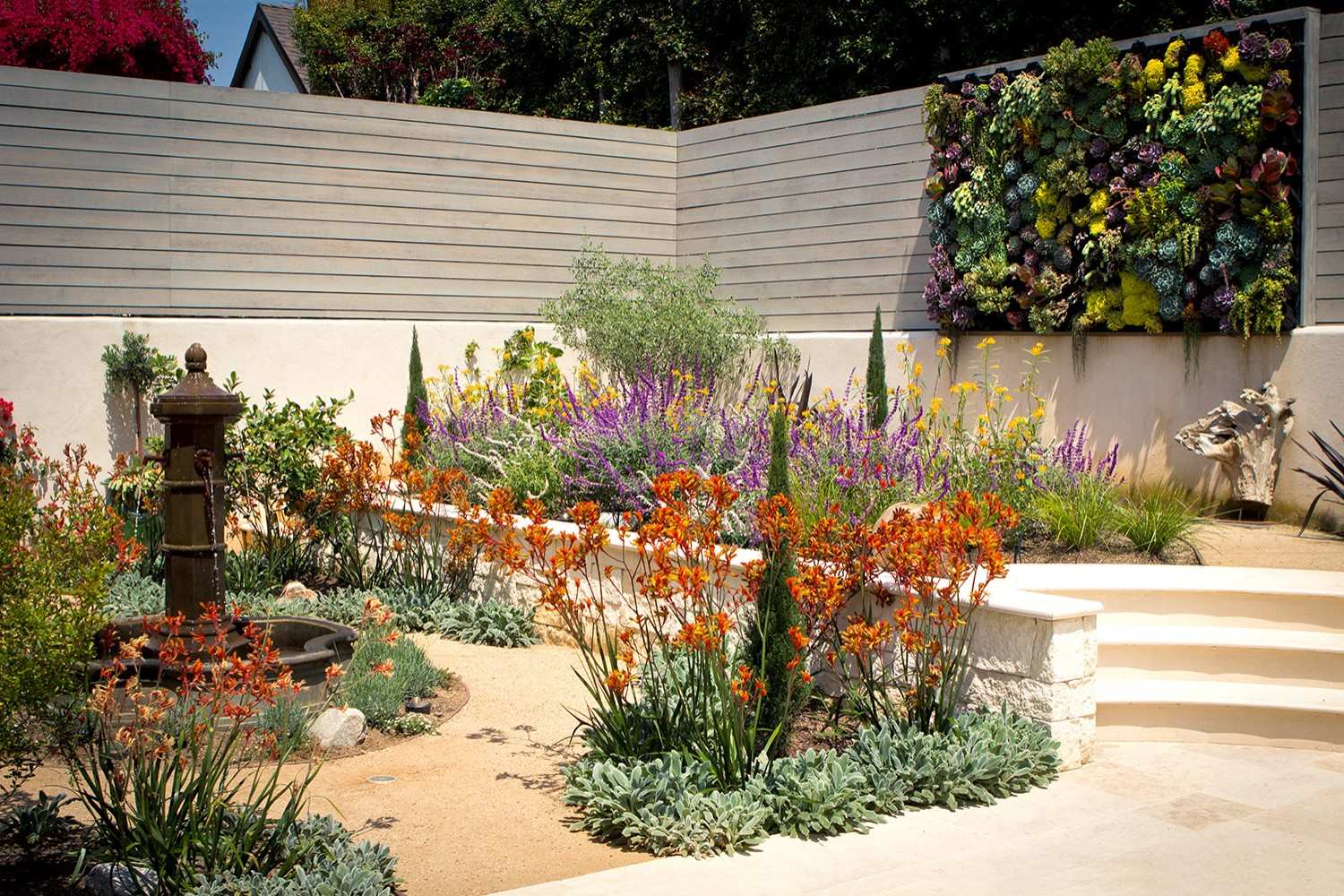

0 thoughts on “How To Design A Water-Efficient Garden”